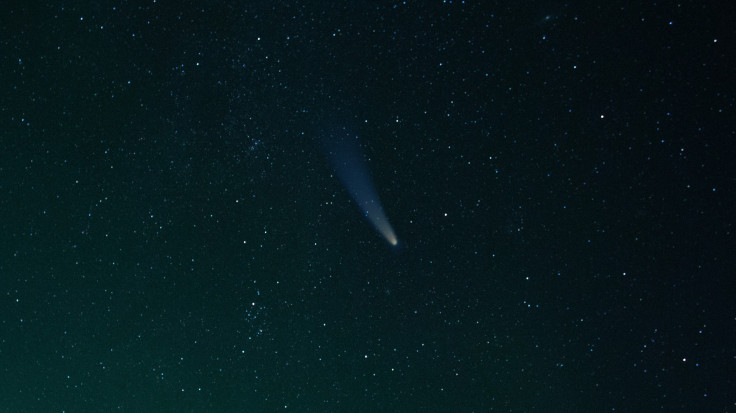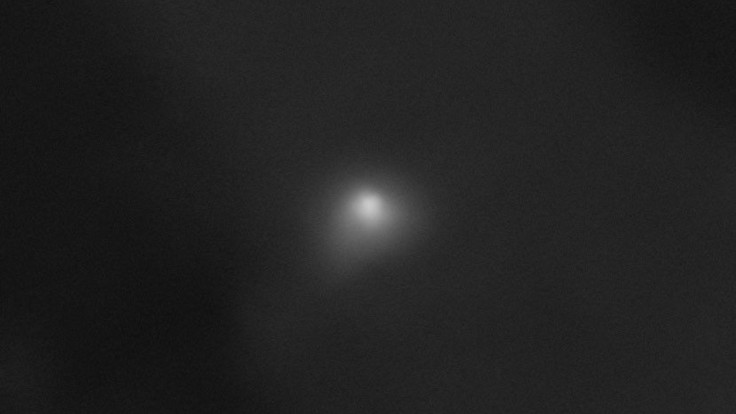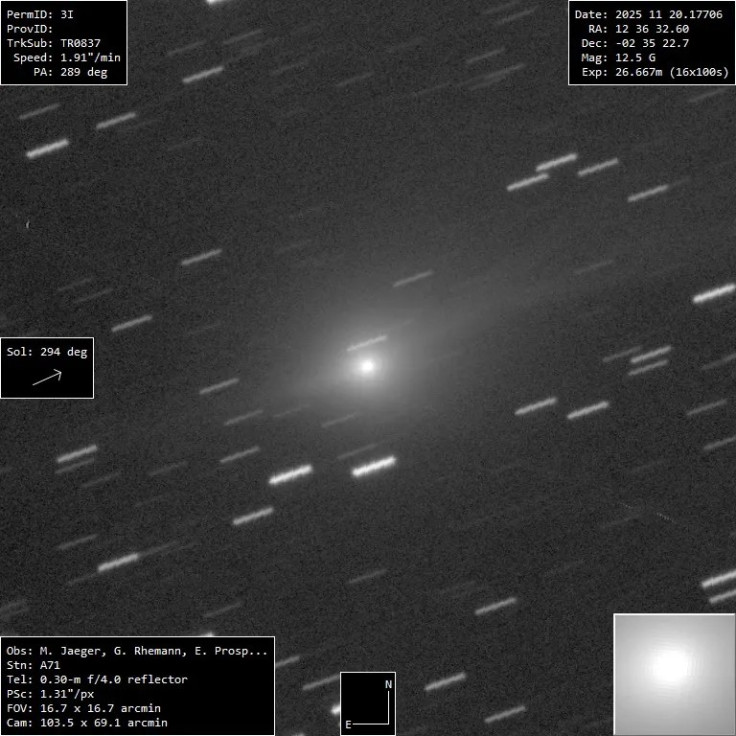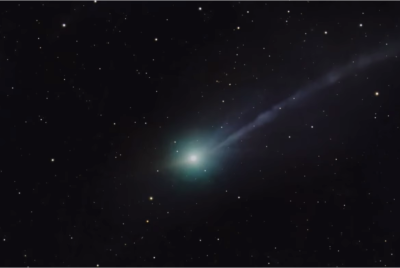3I/ATLAS Update: December Approach Offers Final Chance To View Visitor
NASA has revealed stunning new images of interstellar Comet 3I/ATLAS captured by its Mars spacecraft.

It felt like a radio silence from the cosmos, but while the US government was shuttered for 43 days, the machinery of space exploration did not sleep. In the quiet void, NASA's robotic fleet was busy snapping paparazzi-style shots of a rare celestial wanderer.
Now, the agency has finally pulled back the curtain on these images, offering the world a long-awaited collection of new photos of comet , the interstellar visitor that has been making headlines since its discovery in July. The released gallery reveals a stark, reddish object roughly cigar-shaped in nature, surrounded by a faint, gaseous halo that confirms active outgassing despite the frigid depths of space.
While the agency remained quiet on the ground, its instruments were actively capturing data in September and October as the object sped past Mars and began its approach toward the sun. We can finally see what these scientific machines were up to behind the scenes.
'We are so happy to have our incredible fleet of NASA science spacecraft all across the solar system,' Nicky Fox, associate administrator of NASA's Science Mission Directorate, said during a press conference on November 19. 'Boy, were they ready for this event'.

The Discovery and Origins of 3I/ATLAS
Researchers first identified this cosmic intruder on July 1, thanks to the Asteroid Terrestrial-Impact Last Alert System (ATLAS) located in Chile. Visitors hailing from beyond the solar system are exceptionally rare; in fact, 3I/ATLAS is only the third known interstellar object ever detected within the sun's domain.
Its interstellar nature was confirmed when astronomers calculated its hyperbolic trajectory and noted an incoming velocity of 190,000 mph—far too fast to be bound by our Sun's gravity. Astronomers estimate that the comet's rock-and-ice core is sizeable, measuring between 1,400 feet and 3.5 miles in diameter.

Martian Spacecraft Capture Views of 3I/ATLAS
Three distinct NASA spacecraft operating on or near Mars secured the closest glimpses of 3I/ATLAS when it zipped by the Red Planet. According to a statement from the agency, the object came as close as 19 million miles in early October.
One closeup was taken by the Mars Reconnaissance Orbiter, a spacecraft typically tasked with searching for evidence of water on the planet. These high-resolution images resolved the comet's nucleus for the first time, showing a jagged, tumbling surface. Meanwhile, the MAVEN (Mars Atmosphere and Volatile Evolution) orbiter, which is investigating the Martian upper atmosphere, captured ultraviolet images of the comet.
These spectral images will allow researchers to better understand what the object is actually made of. Even the Perseverance rover looked up from the dusty surface to see the interstellar visitor, snapping a grainy but historic image of the comet appearing as a distinct, fuzzy streak against the Martian starscape.
Furthermore, spacecraft investigating the sun, including the STEREO (Solar Terrestrial Relations Observatory) and PUNCH (Polarimeter to Unify the Corona and Heliosphere), held photo ops during the comet's closest approach to the sun in late October. The occasion marked the first time NASA heliophysics missions have purposefully studied an interstellar object, per the statement.

Debunking the Rumours Surrounding 3I/ATLAS
3I/ATLAS has been at the centre of conspiracies during its time in the news, with some people suggesting that the object is some kind of alien technology due to slight, non-gravitational accelerations observed in its orbit. NASA strived to shut those rumours down at Wednesday's press conference.
'This object is a comet', Amit Kshatriya, NASA associate administrator, said during the briefing. 'It looks and behaves like a comet... and all evidence points to it being a comet. The acceleration is caused by jets of gas pushing the rock as ice heats up, not by engines. But this one came from outside the solar system, which makes it fascinating, exciting and scientifically very important'.
Other NASA spacecraft will be on the lookout for 3I/ATLAS in the coming weeks, allowing scientists to better understand the comet's features and chemical makeup. The James Webb Space Telescope will also attempt to observe the interstellar visitor in December, per the press conference, specifically targeting the object with its Near-Infrared Spectrograph to detect traces of water or organic compounds.
'Everyone that is in control of a telescope wants to look at it because it's a fascinating and rare opportunity,' Shawn Domagal-Goldman, NASA's acting astrophysics division director, said during the event.
The Final Trajectory of Comet 3I/ATLAS
The comet is scheduled to fly closest to Earth around December 19. At that point, it will be about 170 million miles from our home planet—nearly twice the distance between the Earth and Sun—according to NASA. While it will not be visible to the naked eye, amateur astronomers in the Northern Hemisphere with telescopes of 6-inch aperture or larger should be able to spot the comet as a dim, 12th-magnitude smudge near the constellation Orion.
The comet will pass by Jupiter in spring 2026, and soon after, it will leave our solar system for good.
As Comet 3I/ATLAS continues its brief but historic journey through our solar system, it serves as a vivid reminder of the incredible capabilities of NASA's robotic fleet, which kept watch even when the world was quiet. While this interstellar visitor will soon vanish into the cosmic void, you still have a fleeting opportunity to witness history. Dust off your telescope this December and look toward the constellation Orion to catch a glimpse of this rare wanderer before it leaves our neighborhood forever.
© Copyright IBTimes 2025. All rights reserved.




















